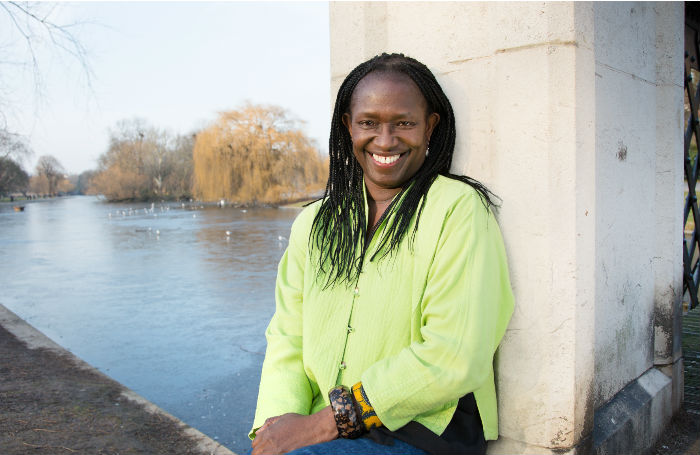Elsie is a principal of her own practice, Elsie Owusu Architects. A Specialist Conservation Architect, her projects include the UK Supreme Court, London’s Green Park Station and transport projects in Ghana and Nigeria. Elsie is Vice Chair of the London School of Architecture.

I would like all nine-year-olds who have a fascination for buildings to be able to consider a future career in architecture. They shouldn’t feel excluded from that dream for want of visible and varied role models to shatter the stereotypes. Role models can give a talented young person the vision of a ‘me-shaped space’ in the profession. My advice would always be: if you love architecture and design, then follow your heart and ignore anyone who says it’s impossible. There’s absolutely no reason why someone shouldn’t make a living and delight in life as an architect. You certainly don’t need anyone else’s permission to make it happen.
Some people can be defensive when you talk about inclusion, seeing it as an implicit criticism when actually it’s just an invitation to join the party
I believe that most human beings have latent artistic talents but many social systems are rigged against certain groups. I find it hard to believe that a person who has the good luck to have an expensive education is inherently more talented or worthy than another who is less fortunate. If I see a situation that seems unfair or unjust, I question it and act; it’s a social obligation. I have faith in the old utilitarian ideal of the ‘greatest happiness of the greatest number’ and have always had a willingness to challenge the status quo.
When I started architecture school, I was a young mother with a two-year-old daughter. At that age you have the energy and strength to take everything in your stride. Like other students, I often worked through the night to finish my assignments. Living in Brixton, there was an international gang of young arts students living faux-Bohemian lives: we argued, designed and studied together, got involved in local politics and helped to bring up each others’ kids.
I set up in practice with a friend soon after graduating and our work since has combined UK-based projects along with international clients, mainly in Ghana and Nigeria. I have found my life as an architect to be both interesting and exciting. It is so much more fun when you engage with a diverse crowd of friends and colleagues, as we are doing at the newly established London School of Architecture. At the LSA we are trying hard to make architectural education affordable for as many people as possible - breaking down the barriers between academia and practice.
We do ourselves a commercial disservice if we don’t fish from a multicultural talent pool that also includes both men and women
In my view, the RIBA is a superb brand, recognised and respected worldwide – perhaps more abroad than at home. When I travel, I find most people are welcoming and enthusiastic about British art, design and architecture. They are keen to exchange ideas and share their own design culture and knowledge. I think UK architects should be proud of their achievements; after all, successfully completing seven years of education is no mean feat! We should seize the fantastic opportunities that come with recognition of British education and practice.
Some people can be defensive when you talk about inclusion, seeing it as an implicit criticism when actually it’s just an invitation to join the party. From the perspective of practice, we also do ourselves a commercial disservice if we don’t fish from a multicultural talent pool that also includes both men and women.
It is true, however, that architecture as a sub-set of the construction industry is skewed towards the masculine. If the profession is to benefit from 21st-century cultural shifts, we must engage the imaginations and support of the big beasts of the architectural Serengeti. Many of the men who exert most power in the profession are WHAMs, or ‘Warm-Hearted Alpha Males’. They are talented and highly educated men who enjoy the company of strong-minded women, including their own daughters. We need these men to think and talk about their aspirations for the women and girls in their lives. If an out-dated notion of masculinity is one of the obstacles to inclusion, then women and men must challenge it together.









